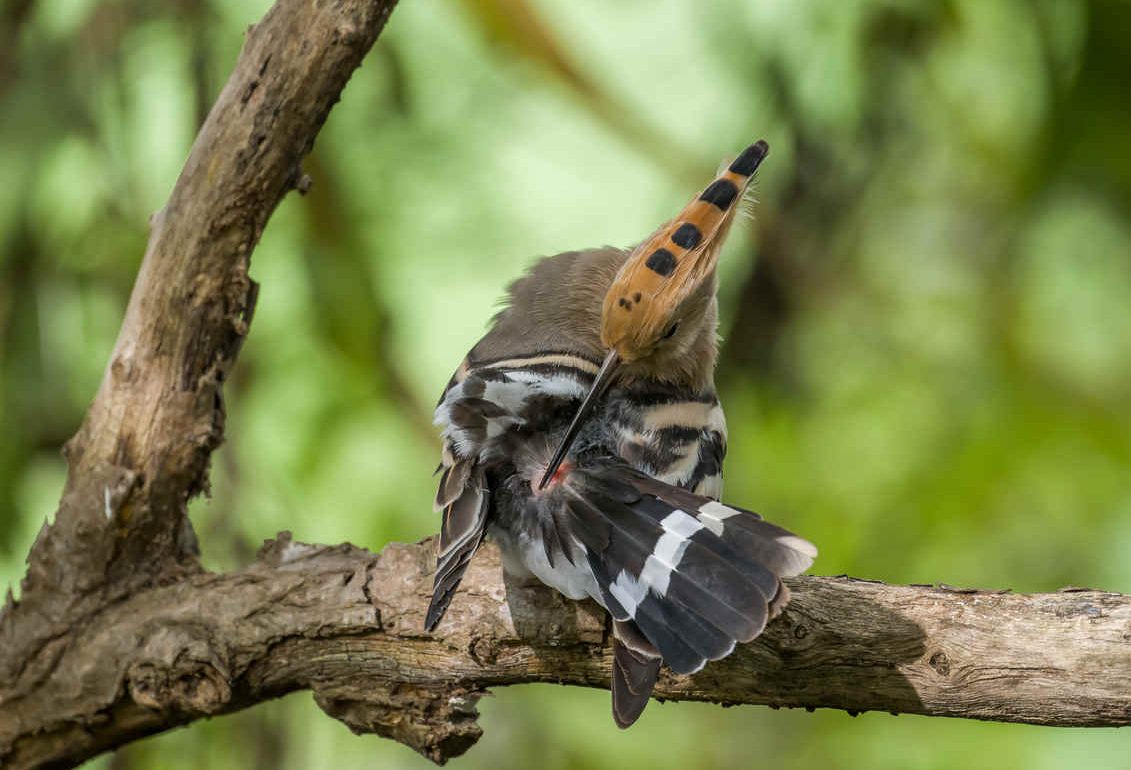
Birds probably do more to keep their feathers in good shape than a German small business owner does to keep his beloved Mercedes-Benz polished. But the materials both groups use are quite similar.
Both use water as the primary cleansing agent, whether coming from a hose, a car wash, or a natural pool, though unlike birds, cars are generally not deliberately treated with dust baths.
Both, once their object of care is no longer presentable, just discard it. For birds, this is called “molting”, for car owners, “selling your car on the second-hand market”.
And – yes, you were wondering when this post finally starts discussing its usual topic – both heavily rely on chemicals. I have never owned a car meriting treatment with expensive waxes and polishes, so I cannot say anything about them (plus this is not the website “10000 Cars” anyway). Instead, here is information on the avian equivalent – sometimes branded as Preening Oil™.
Birds do not get this from a car repair shop, obviously. Most have a preen gland near the base of their tail. From there, they collect its secretion with their bill and spread it across their feathers.
Preening oil contains several chemical components with distinct functions:
- Waxes (esters of fatty acids and fatty alcohols): Largest component. Their hydrophobic nature makes feathers water-repellent and flexible, and in some species, they also inhibit microbial growth.
- Diesters and triesters (especially in passerines): Long-chain esters whose composition varies by species, sex, and season. They play roles in chemical signaling (mate choice, kin recognition) and may influence the way oils spread across feathers.
- Free fatty acids and alcohols: Often include unsaturated fatty acids with strong antimicrobial activity, protecting feathers from degradation by microbes.
- Sterols (such as cholesterol): Regulate lipid fluidity and help maintain feather flexibility.
- Volatile compounds: Provide olfactory signals important for communication and mate choice.
- Carotenoids (occasionally present): Hypothesized to act as antioxidants, helping protect feather and oil components from oxidative damage.
Given the variety of living conditions, it is not surprising that the preening oil also differs by species. Here are some examples:
- In hoopoes, bacteria in the preen gland produce sulfur compounds that give the oil a strong odor and antimicrobial function.
- In songbirds such as starlings, diesters vary with sex and season and act as chemical signals in mate choice.
- In waterbirds, preening oils are dominated by long-chain wax esters, which are highly hydrophobic and provide waterproofing.
- In parrots, shorter-chain esters and alcohols create species-specific odors important for recognition and mate selection.
- In raptors such as kestrels, preen oils are especially rich in free fatty acids, which provide strong antimicrobial protection for feathers exposed to pathogens from prey.
These examples show how specialized preening oils can be. Presumably, just as birds apply the right preen oil for their feathers, meticulous car owners select waxes and polishes depending on their vehicles — my last pathetic stab at keeping this analogy alive.
Photo: Eurasian Hoopoe, Nanhui, Shanghai, September 2023



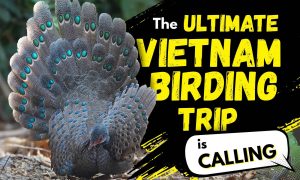

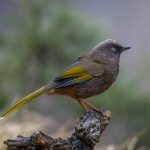

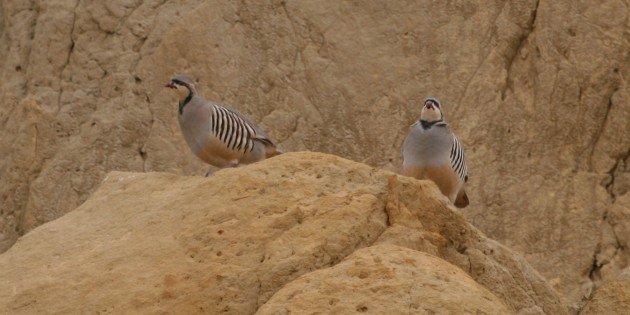

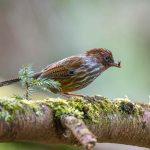


Good and very informative post!